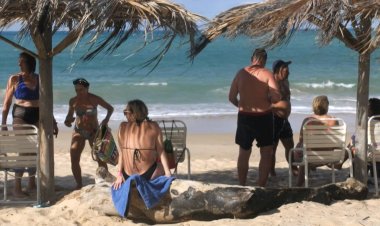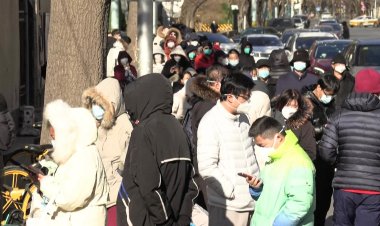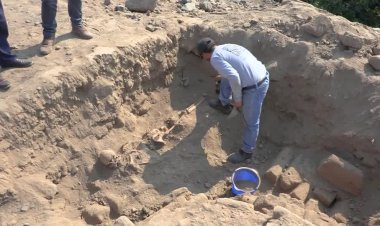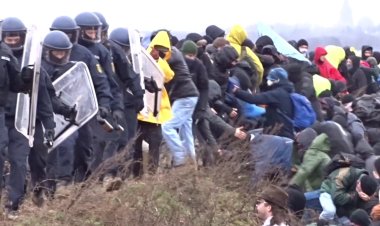Israel-Hamas Conflict Escalates
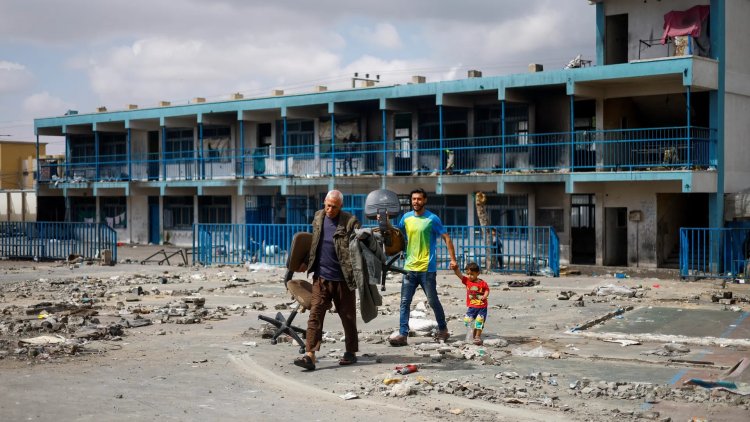
Israel battled Hamas in Gaza, including in far-southern Rafah, despite US warnings against a full-scale invasion of the crowded city and of the threat of post-war "anarchy" across the Palestinian territory.
Clashes also raged in northern and central areas of the besieged Gaza Strip, correspondents and witnesses said, as Israel prepared to mark a somber Independence Day, more than seven months into the war sparked by Hamas's October 7 attack.
Israeli Prime Minister Benjamin Netanyahu told a Memorial Day event that "our war of independence is not over yet. It continues even today. We are determined to win this struggle."
Correspondents reported helicopter strikes and heavy artillery shelling in the east of Rafah, as well as battles in northern Gaza's Jabalia refugee camp and Gaza City's Zeitun neighborhood.
Israel last week defied international warnings, including from its top ally Washington, and sent tanks and soldiers into the east of Rafah, a city on the Egyptian border where some 1.4 million Palestinians had sought shelter.
This has sparked an exodus of nearly 360,000 people from Rafah so far, said the UN agency for Palestinian refugees UNRWA, which warned that "no place is safe" in the largely devastated territory.
Fighting has raged in northern Gaza where -- months after Israel declared Hamas's command structure had been dismantled -- an Israeli army spokesman said there were "attempts by Hamas to rebuild its military capabilities".
Hamas's armed wing, the Ezzedine al-Qassam Brigades, also said that its militants were engaged in ground battles in Rafah and Jabalia.
A strike overnight on a house in Rafah killed at least four people, said the city's Kuwaiti hospital which had received the bodies.
While Israel has vowed to destroy remaining Hamas forces in Rafah, the New York Times cited unnamed US officials as saying that both US and Israeli intelligence suggested the group's leader Yahya Sinwar was not hiding there.








